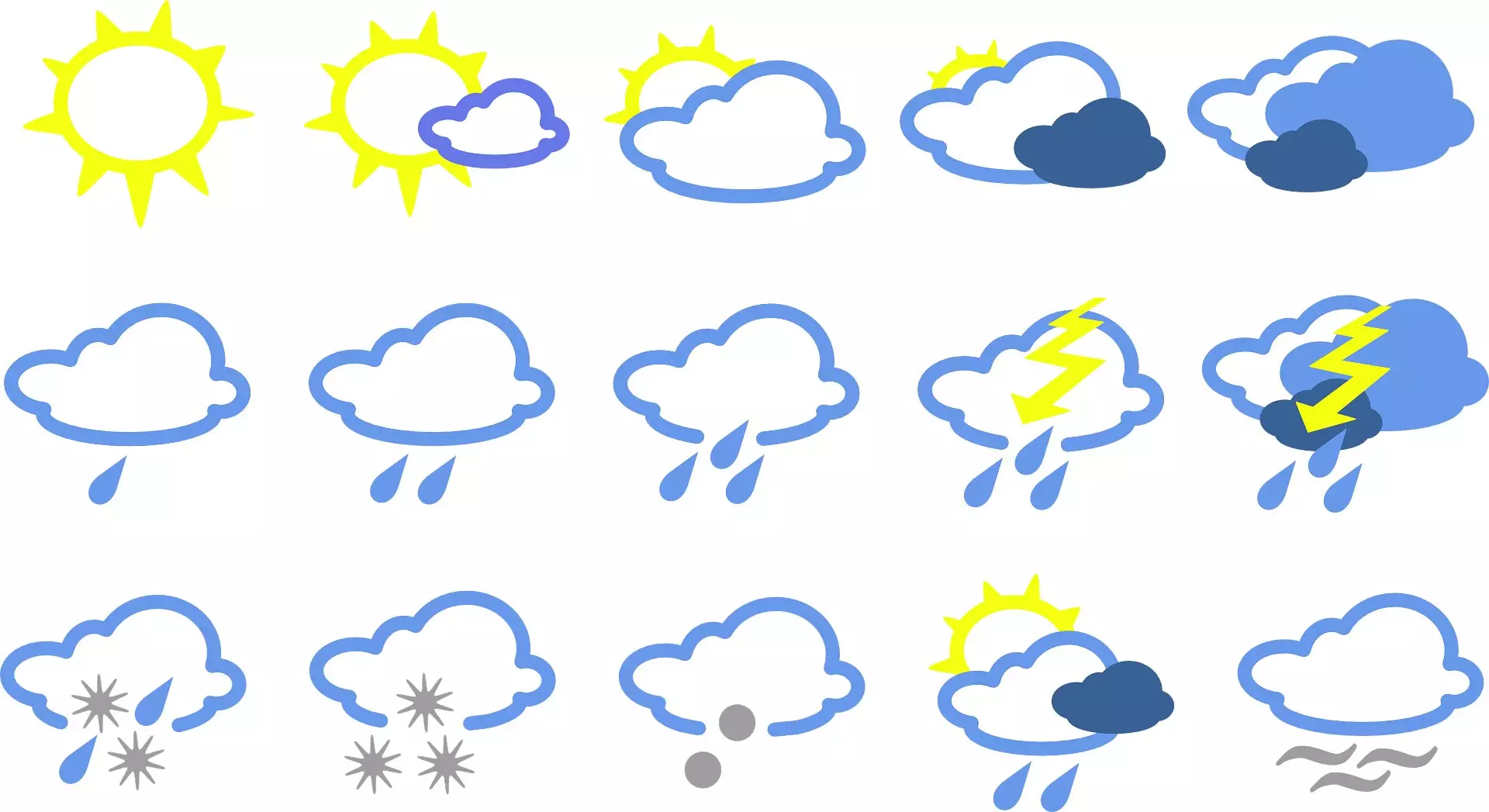In the intricate web of our planet’s climate, certain phenomena hold disproportionate sway over weather patterns across continents. Among these, El Niño and La Niña stand out as powerful agents capable of reshaping seasonal forecasts far beyond their tropical origins. Recognizing the significance of these events offers a transformative approach to predicting winter weather in Europe—a region often caught in the unpredictable grip of changing climatic conditions. The recent research insights highlight that during periods of intense El Niño or La Niña activity, forecasters gain a critical advantage: the ability to anticipate colder, wetter conditions or milder, drier winters with increased confidence months in advance.
This connection stems from the fact that these tropical Pacific events induce large-scale atmospheric and oceanic shifts. When El Niño conditions dominate, the warming of ocean waters influences jet streams, storm tracks, and pressure systems, creating ripple effects across the Atlantic and into Europe. Conversely, La Niña events, characterized by cooler Pacific waters, often steer atmospheric patterns in a different, yet equally impactful direction. The crux of this understanding is that such oscillations serve as climatic signposts: their strength and timing provide crucial clues about the likely winter scenario in Europe.
Forecasting Beyond the Short Term: Challenges and Opportunities
Traditionally, weather forecasts focus on days or weeks ahead, with seasonal predictions often fraught with uncertainty. However, the advent of advanced climate modeling and historical analyses has begun to peel back layers of unpredictability, especially in years marked by strong tropical oscillations. By analyzing 30 years of forecast data from diverse prediction systems, researchers have identified that the predictability of European winter weather hinges on specific atmospheric markers that are more reliably forecasted during El Niño or La Niña episodes.
One of the key breakthroughs is understanding how these events influence critical atmospheric patterns such as the North Atlantic Oscillation (NAO) and the East Atlantic Pattern (EA). These patterns govern much of Europe’s winter climate, affecting storm intensity, frequency, and temperature fluctuations. When forecasters recognize the influence of tropical Pacific conditions, they can, with greater confidence, predict whether the NAO and EA will favor a milder or harsher winter. But this isn’t a foolproof process: the study notes significant variations in predictability from year to year, especially when other atmospheric factors come into play—such as unsettling changes over the Arctic.
This indicates a need to advance our models further to incorporate multiple layers of climatic interplay. While progress is being made, there remains a cautious optimism: during years of pronounced El Niño or La Niña, forecasts are notably more reliable, offering vital lead time for governments, industries, and individuals to prepare. Yet, this approach also underscores the importance of not overestimating the certainty of long-range forecasts, especially when atmospheric variables deviate from expected patterns.
Implications for Policy and Preparedness
Understanding when winter forecasts are likely to be more precise carries substantial ramifications. For policymakers and emergency planners, this knowledge translates into better resource allocation and strategic planning. For energy companies, reliable predictions help optimize supply and distribution, ensuring residential and industrial demands are met efficiently. Governments can bolster their readiness for extreme weather events—be it heavy snowfall, flooding, or drought—based on pattern forecasts supported by tropical Pacific signals.
However, there remains a peril in misinterpreting or overgeneralizing these findings. Climate change continues to reshape the very climate signals we depend upon, adding layers of complexity to already intricate prediction models. As a result, the science must evolve continuously, fostering interdisciplinary research and integrating atmospheric, oceanic, and polar data. Only then can we truly leverage phenomena like El Niño and La Niña beyond their traditional scope—transforming seasonal forecasts from guesswork into strategic tools that actively safeguard societies.
The recognition of El Niño and La Niña as critical indicators for European winter predictability represents a significant stride toward mastering climate uncertainty. These patterns don’t just influence tropical seas—they serve as cosmic guides to the temperamental European winter landscape, offering a beacon of hope for more accurate long-range forecasts. But as with all scientific advancements, the path forward demands cautious optimism, relentless refinement, and a nuanced understanding of the planet’s climate complexity.


Leave a Reply